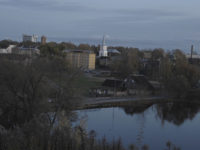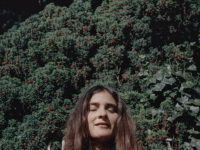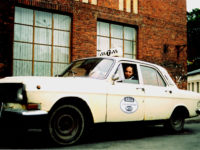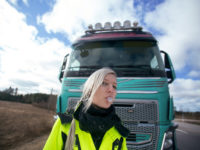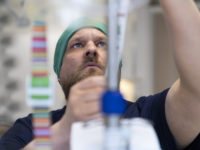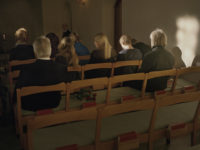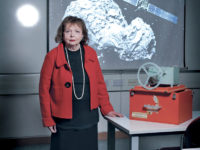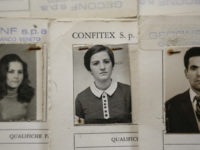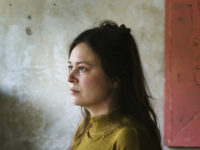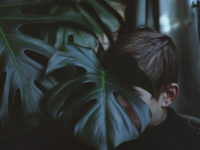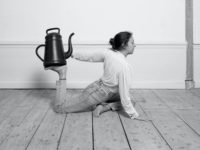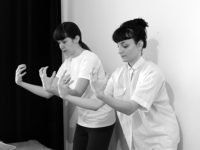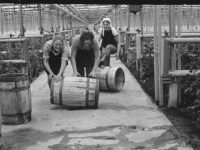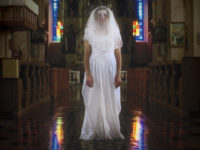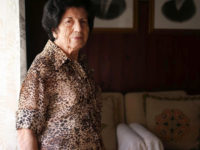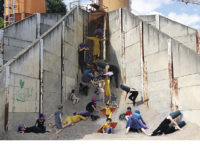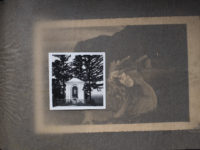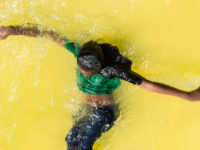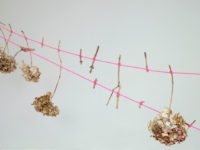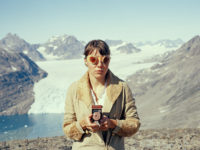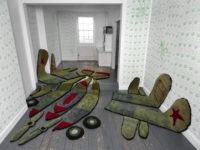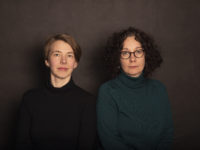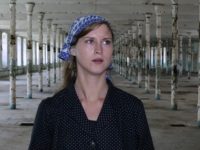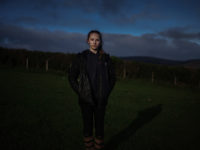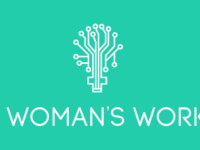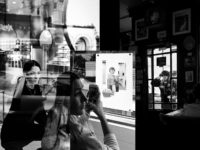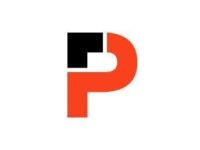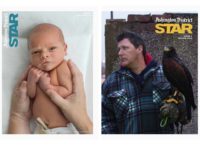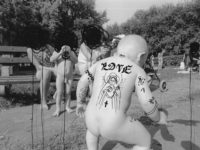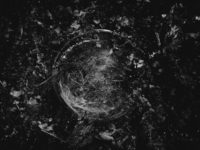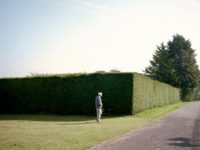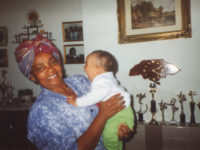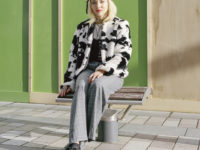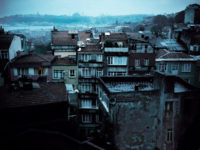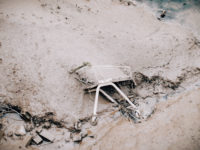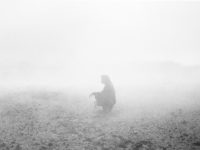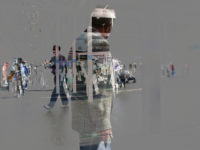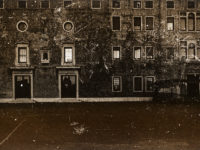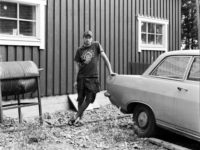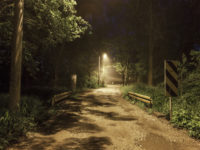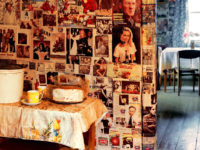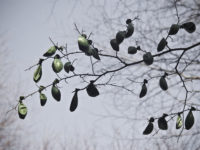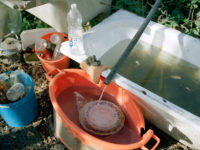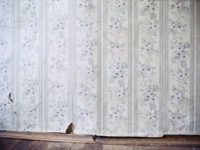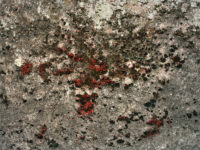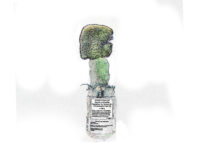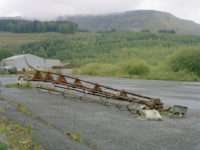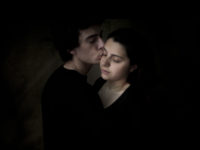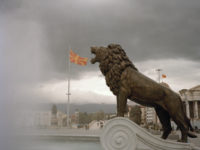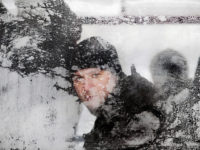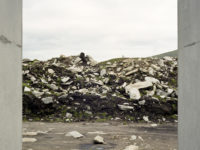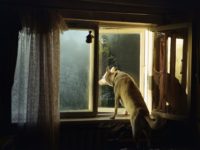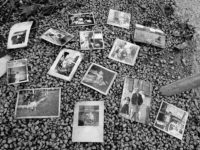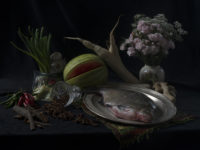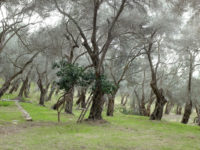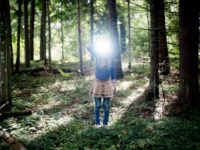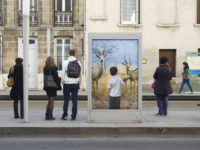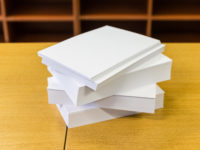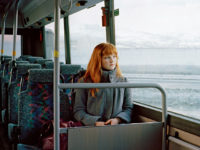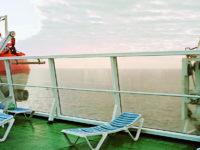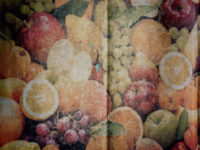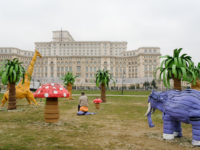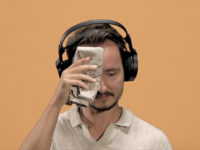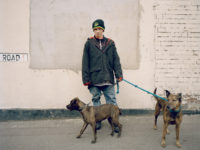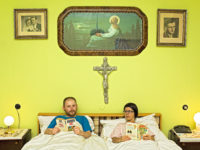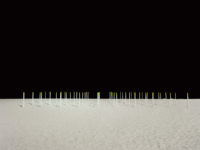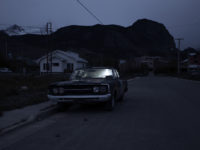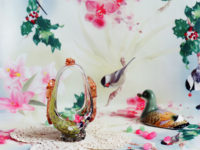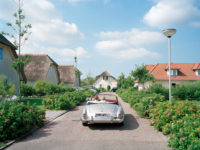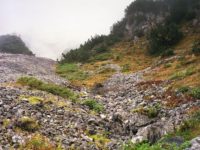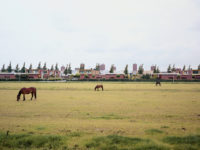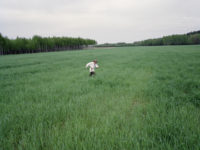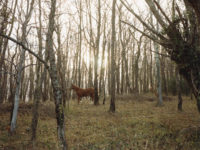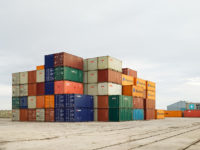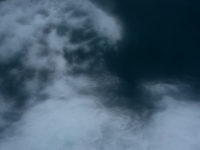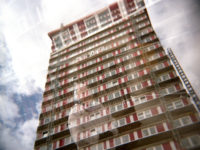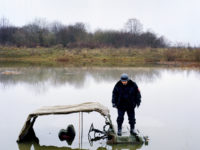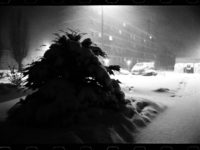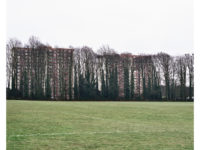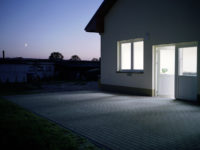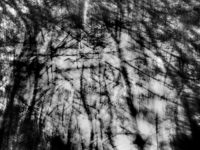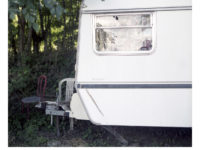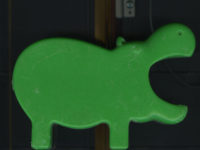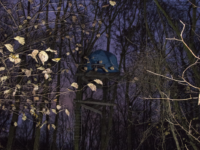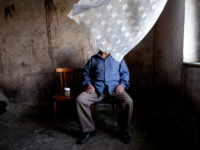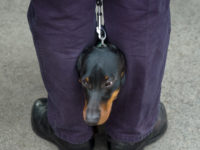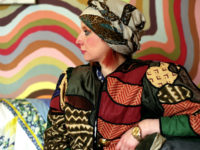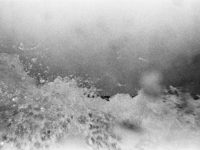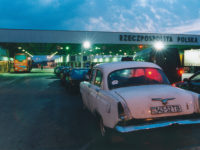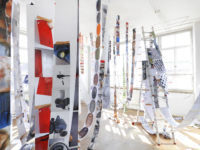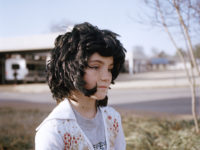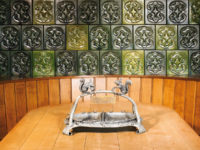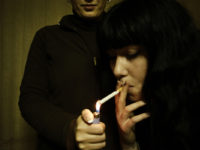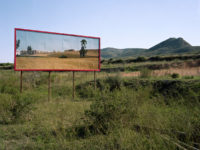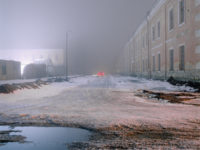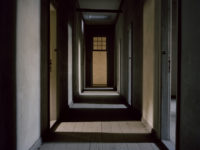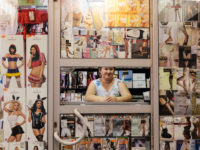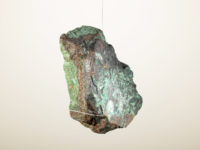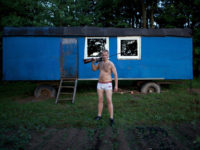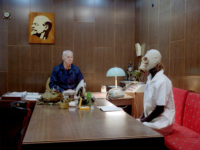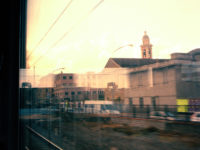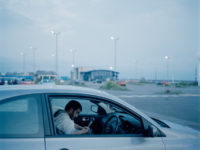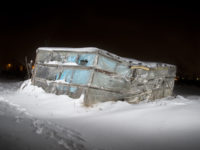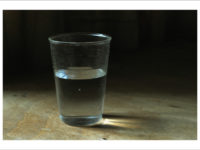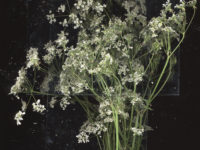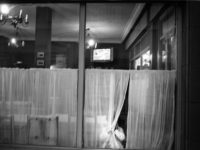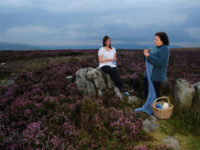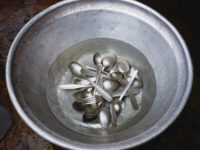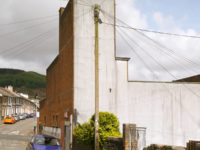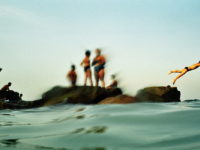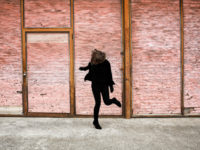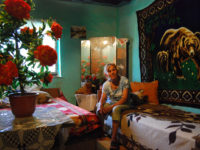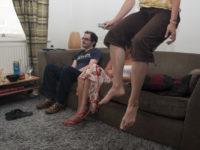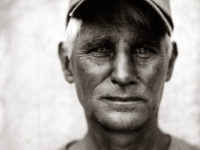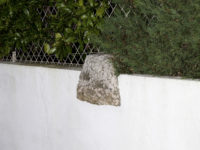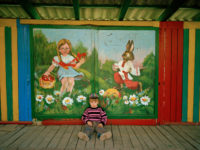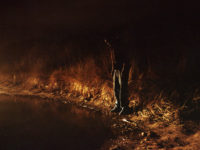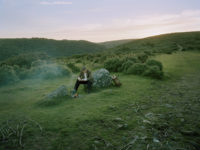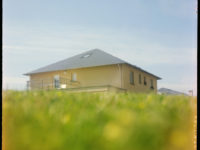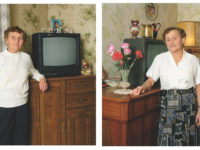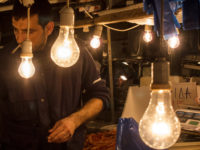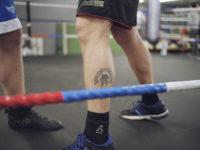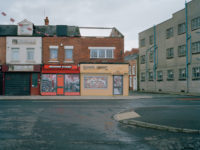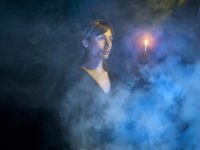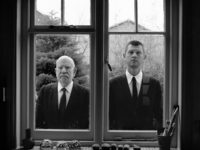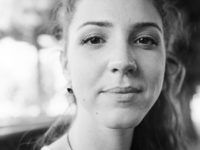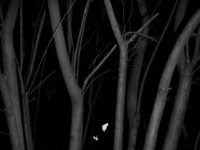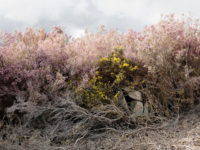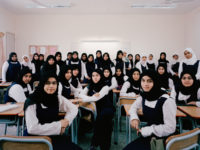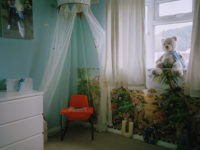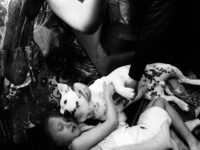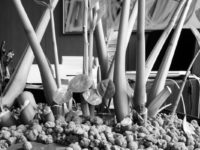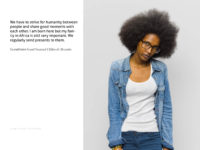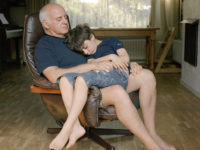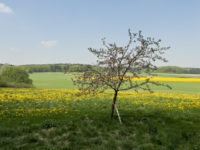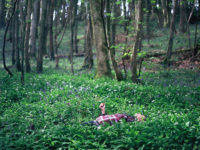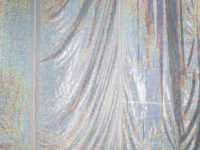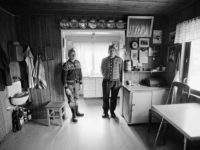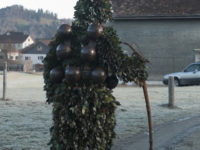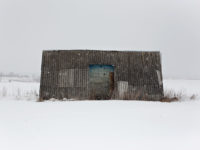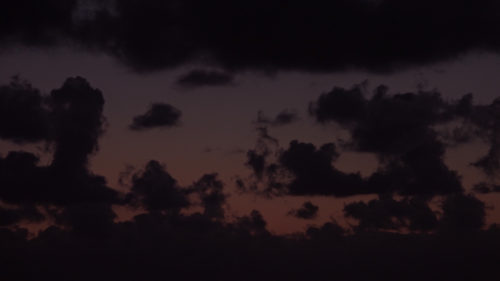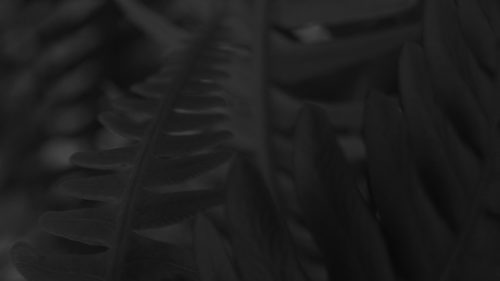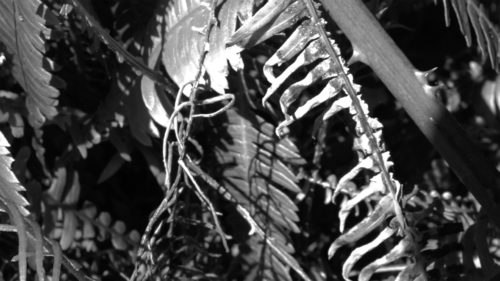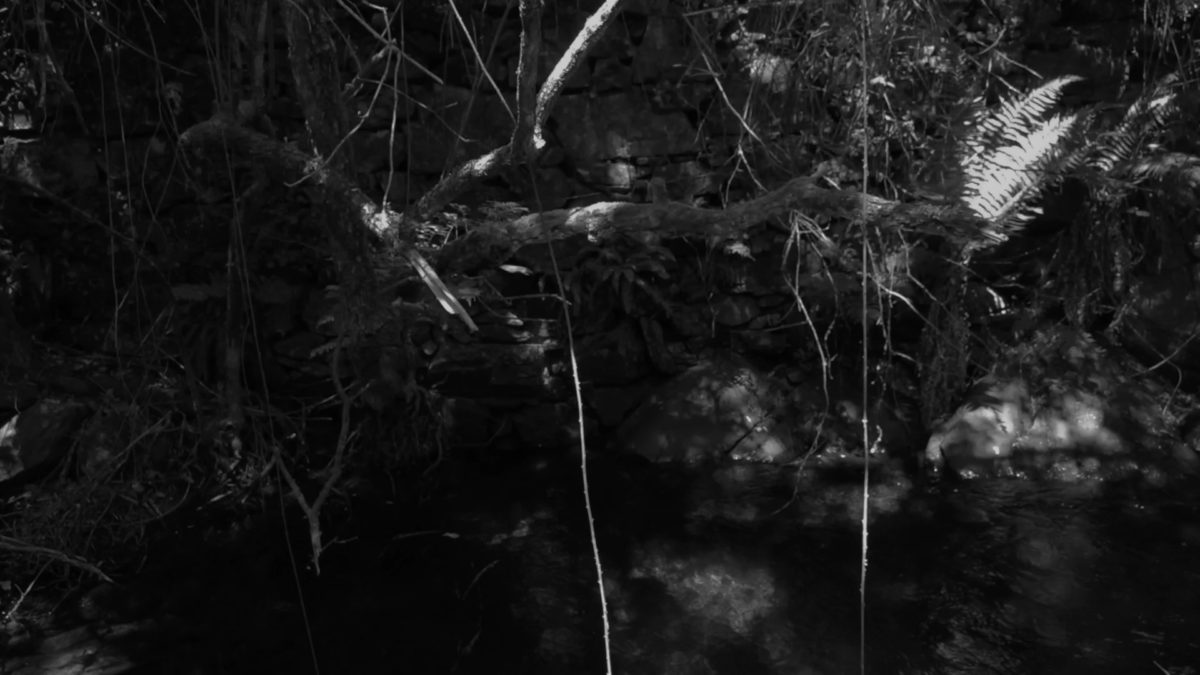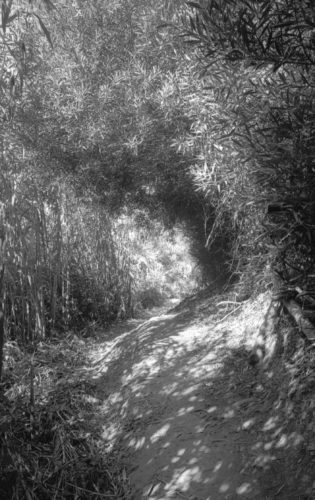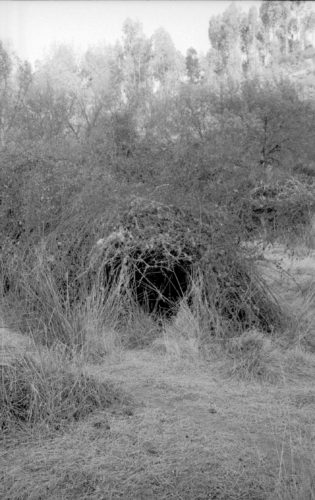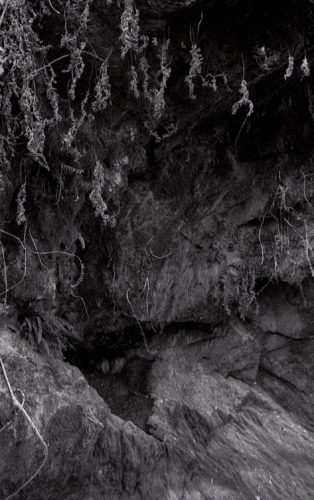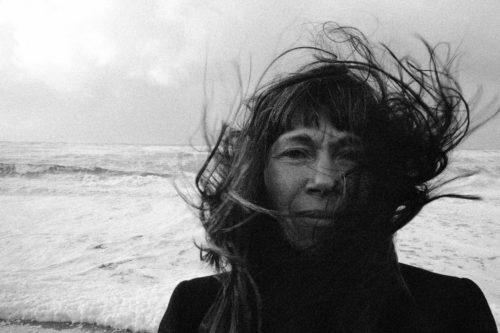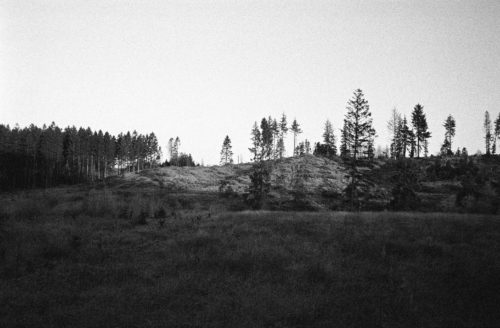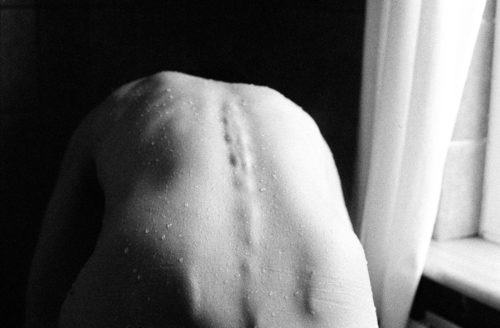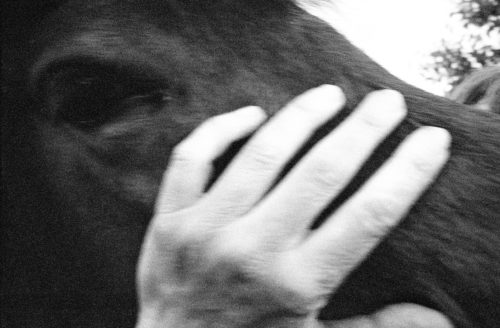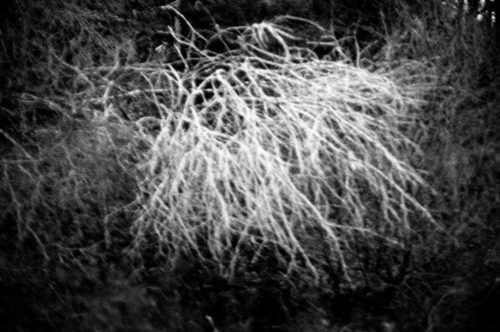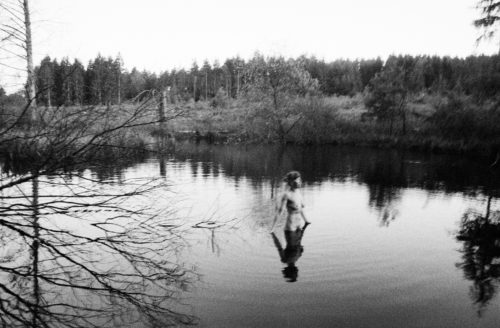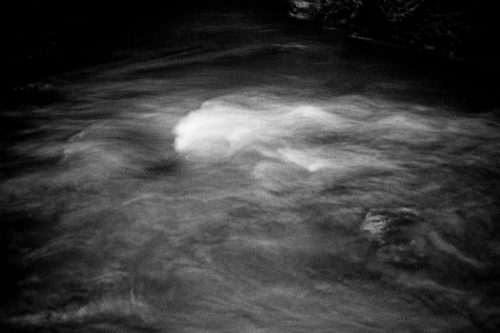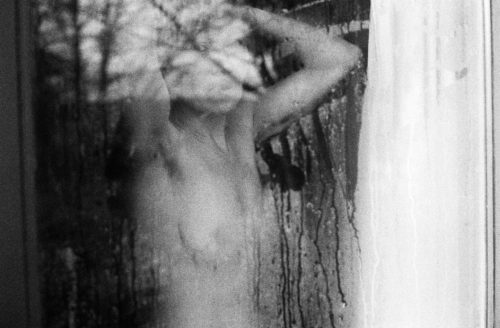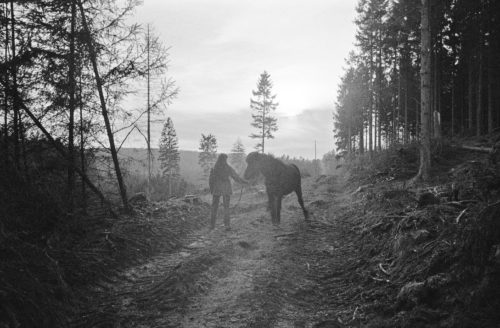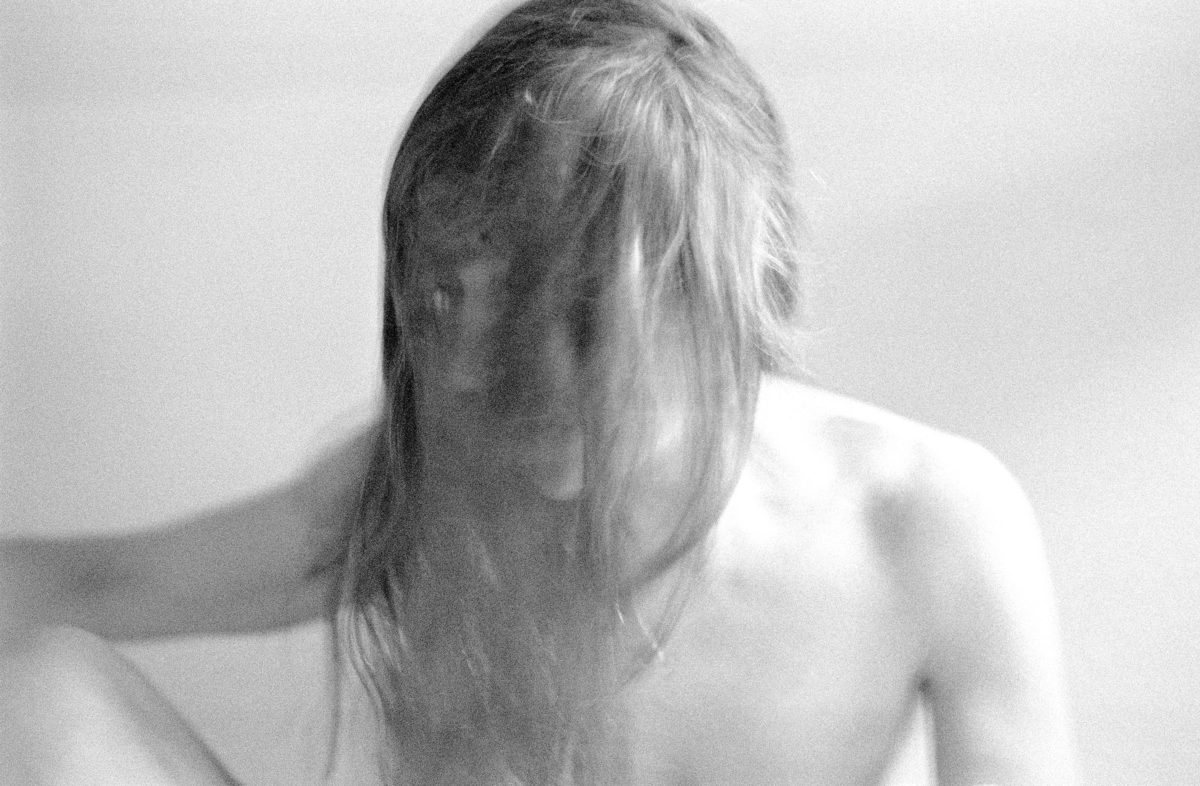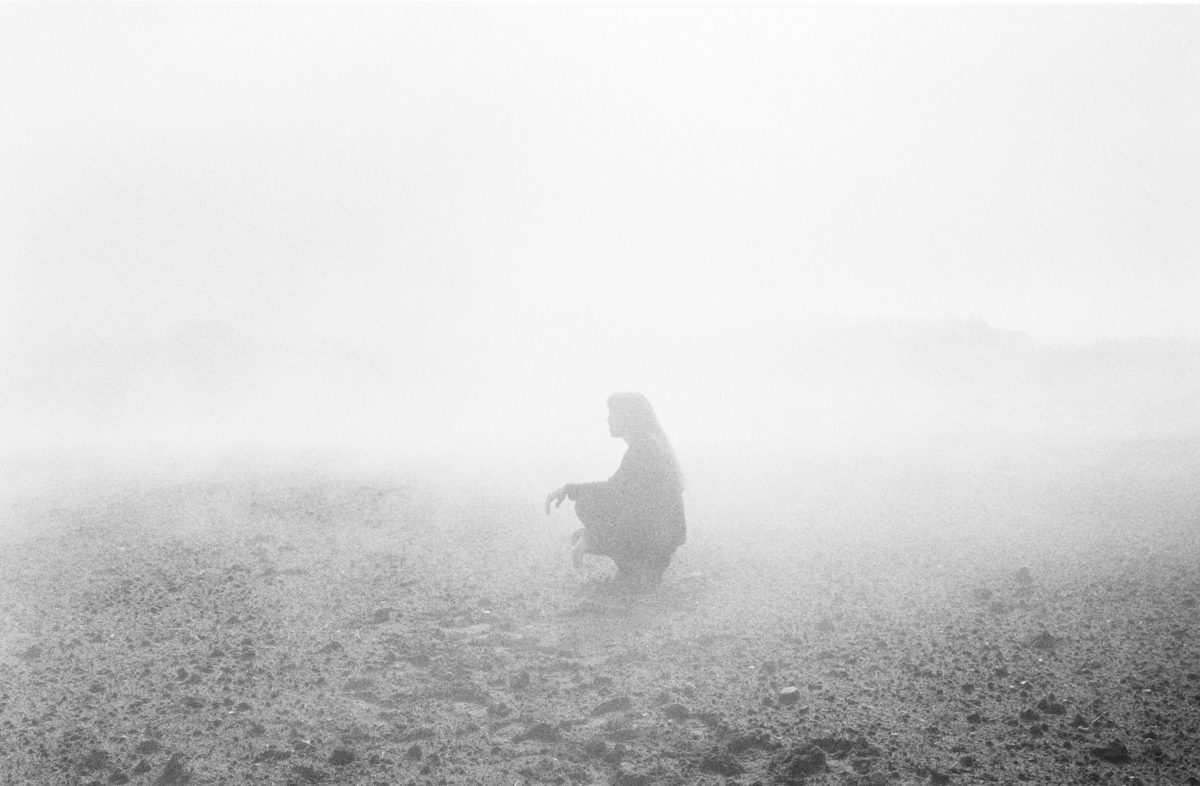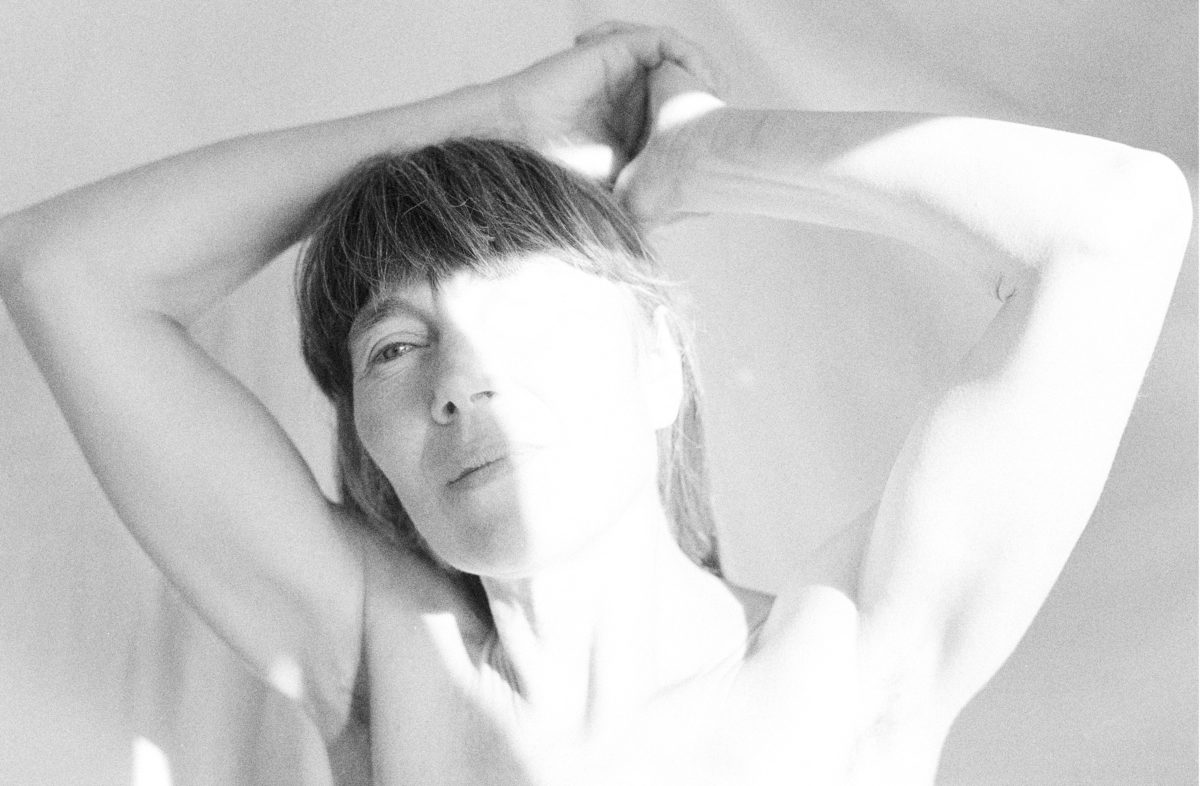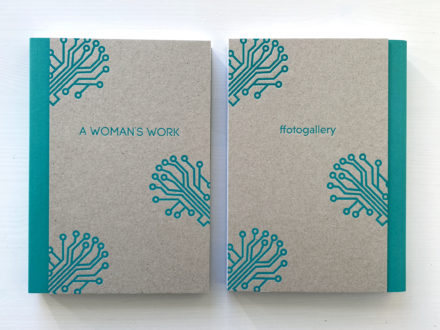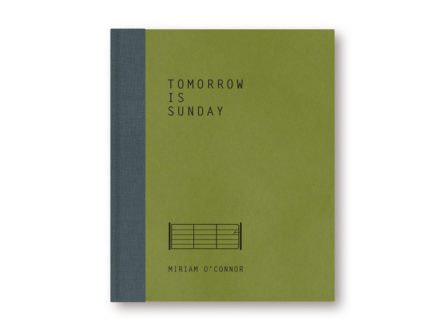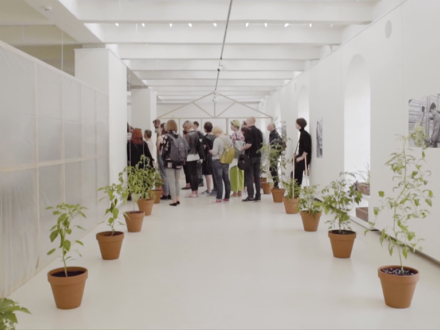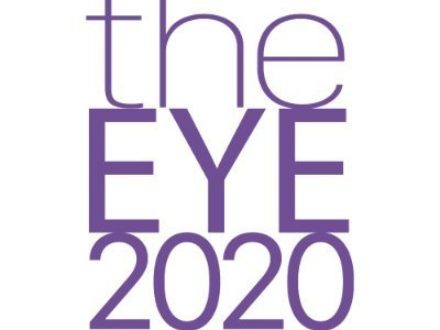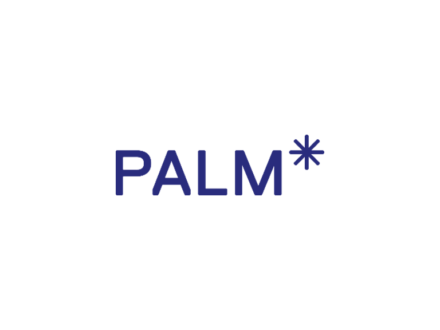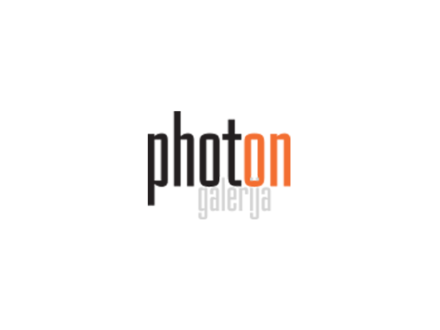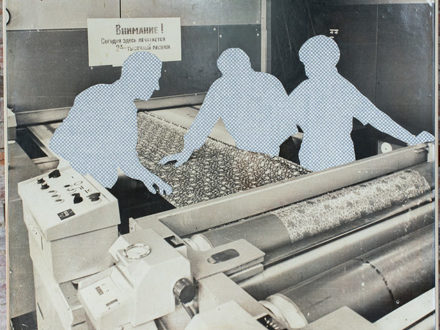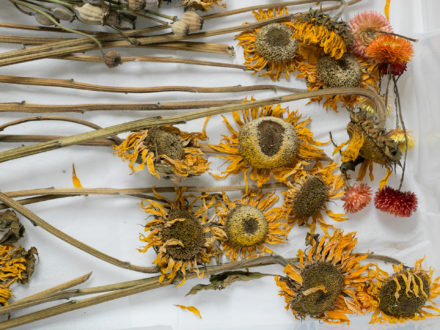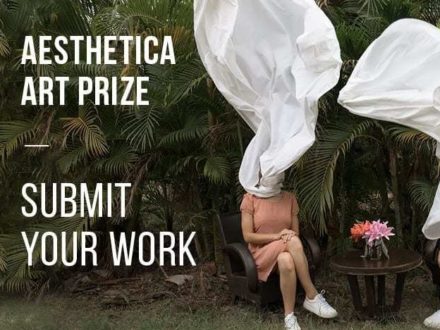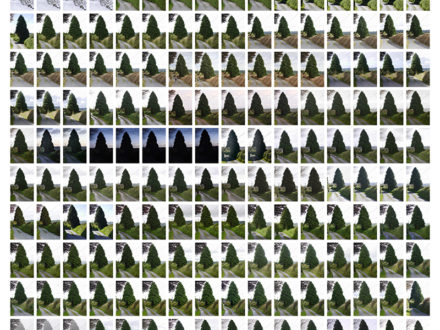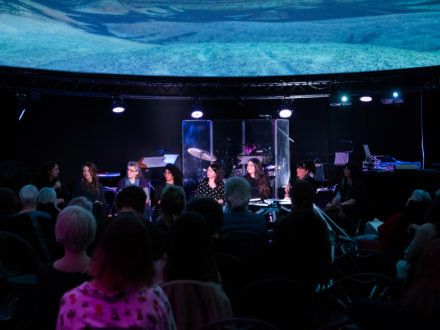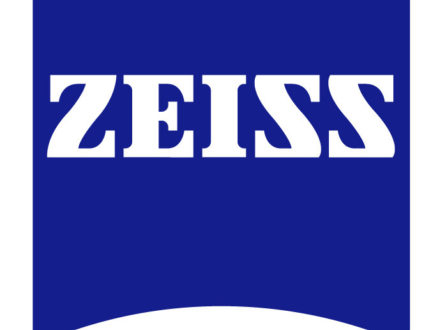Biography
Sissel Thastum (b 1987), is educated at Fatamorgana, The Danish School of Art and Documentary Photography. She resumed her education at FAMU, Film and TV School of Performing Arts in Prague in 2011 and is a recent graduate from the Department of Documentary Photography at The University of Wales, Newport. She's a visual artist working with photography, video and sound. Her current work revolves around the notion of kinship, care and belonging between species; sentient and non-sentient beings. Through the mediums of moving images and sound the work explores (re)connection to nature and its sensing language, and how we might be able to learn and exchange through this natural language.
Her latest exhibition is at EVA 2019 - the Experimental Video Art Exhibition, Thai-European Friendship. Bangkok Art and culture center, TH, The National Gallery, SMK Fridays, Copenhagen, DK, 2018, CPH:DOX, Danish Artist’s Films, Cinemateket, Copenhagen, DK, 2018, A & E Collective: “But there is No Land Near The End”, Glasgow, UK, 2018 Aarhus European Capital of Culture; We can stay here while we wait – Voices in the Anthropocene. Group exhibition with Bärbel Praun, Olafur Eliasson, Adam Jeppesen, Michele Palazzi and Clément Verger. Aarhus, DK, 2017. She took part in the Wish You Were Here group exhibition at Ffotogallery in Cardiff, Wales and has been invited to exhibit at the Pingyao International Photography Festival 2014 in China. She's part of further shows in Vancouver: FotoFilmic13, Prague: Gallery Kavarna Lucerna, Baroque fortress Terezín, Gallery Vlese and Denmark: Fatamorgana graduation exhibition, Copenhagen Photo Festival, The Silkeborg exhibition 2011, Kulturspinderiet, Copenhagen Art Fair.
In 2013 she received the Reginald Salisbury Travel Award toward the making of the work I am here when you are here. In 2012/13 she was received Marie Langhoff's Artist grant, Danish Photographic Society grant as well as Anna & Jens Grum’s grant, all towards her artistic studies. In the same year, she initiated and co-founded the art organisation The Independent AIR, which arranges exhibitions, artist talks, artist residencies, workshops and cultural events in Silkeborg, Denmark and internationally. Between 2014 and 2017 The Independent AIR was collaborating with the Aarhus 2017 Foundation, officially being part of the “Aarhus 2017, European Capital of Culture”. The current focus of work of the organisation is interdisciplinary collaborations within visual art, creative/poetic writing, research and non-profit art organisations addressing global warming and ecological crisis.
Portfolio
No You Without Mountains, without Sun, without Sky
No you without Mountains, without Sun, without Sky is a soundscape of 18:31 min loop, 1920 x 1080, HD, H.264, AAC, 5.1 sound. Headphones and dark undisturbed location advised. It's created in collaboration with musician and sounds artist Alexander Holm.
In her book, A Field Guide to Getting Lost Rebecca Solnit writes about how the Native American Wintu people in North-central California are using the cardinal directions to describe their own bodies and position. This represents a worldview where the self goes beyond one's ego and exists in relation to and in connection with nature and the rest of the world. There is for the Wintu people, as Solnit writes: “No you without Mountains, without Sun, without Sky”.
The current epoch of the Anthropocene, however, represents a predominantly different position. Executing unrestricted exploitation of the earth transforming the ecosystem without concern for depleting resources, global consequences and the wellbeing of the future (generations), the general sense of self is perceived as superior to other beings sentient or otherwise. As the name suggests the epoch is the result of an anthropocentric worldview reinforced by capitalist ideals.
The project No you without Mountains, without Sun, without Sky is a counter-reaction to this demeanour. It is a search for a lost connection to the earth and the nature focusing on a non-anthropocentric understanding of self as part of a greater biome.
By using both the photographic medium, moving images and sound, the project intends to draw on the synergies between stillness (both in photography and as extended to moving images), slowness and the perception of space and position of the self through sound. The process is an integral part of the project. Hence, photographing, filming and recording sounds in nature, the methodology for the project is focusing on meditation and breathing exercises, listening, walking, wandering and slowness.
The intention is to mediate to the viewer an experience of presence in and connection to nature; a kinship of sorts and recognition of a shared “bodily vulnerability”, as the French writer and philosopher George Bataille so beautifully describes it. Although Bastaille is referring to a “creaturely brotherhood” shared between pre-historic humans and animals, this philosophy is fittingly extended to a kinship between all beings – a lost genetic memory to be recovered.
Please go to this link for the soundscape.
Portfolio
We Can Stay Here While We Wait: Voices in the Anthropocene
In the spring of 2013, Sissel & Line Thastum founded the international cultural non-profit organisation and artist residency The Independent AIR.
The Independent AIR has developed to an internationally recognised as a supportive and sustainable community of practice, production and experimentation for emergent photographers and lens-based artist. The Independent AIR organises group residencies, master classes, exhibitions, artist talks and photographic workshops in Denmark and internationally.
The Independent AIR has edited an anthology with poetic, literary, scientific and philosophical texts to accompany the artistic exploration of the Anthropocene. The book is conceived as a choir with different voices, that while singing in different tones and depths, comes together in unison to comment and expand on the Anthropocene as a living and critical subject.
The Anthology is divided into 5 chapters, each dealing with different elements that relate in a vital way to the way we interact with the planet. The Plastisphere deals with plastic and its pervasive presence; Sentient Beings is a chapter about animism and the interconnected spirit. Seeds explore plants and trees as locations of ecological disruption, Political Ecology highlights the connections between economic development and marginalisation and lastly, Radium and Polonium is a chapter which crystallizes the philosophical weight and geopolitical importance of atomic power.
With contributions by among others Polly Higgins, Tim Jackson, Timothy Morton, Amartya Kumar Sen, William Wordsworth, Slavoj Zizek and many more.
For more info of the book and how to order, please go to this link here.
Portfolio
Theta
Theta is a work in progress that has been carried out alongside the creation of No you without Mountains, without Sun, without Sky. It consists of a series of images portraying different openings in nature that might lead to new discoveries. A longing to reach the known unknown, the Theta-stage that is the border between consciousness and sub consciousness, is the kernel in this work. It is an intuitive journey into a landscape representing an idea rather than a specific place.
Portfolio
I am here when you are here
Through the nature, the landscape and the feminine form, I am here when you are here mediates
a close and intimate relationship between mother and daughter. It is a bond that is found within the return
to the familial; the home and the mother. Portrayed through a melancholic language our relationship to each
other, to our age, our gender and our identity become underlying themes. The essential presence of nature in
connection with the body calls up the notion of a cultural and symbolic identification, emphasising the
feeling of the ‘Nordic’ ambience.
Within the return to the familial, an uncanny
presence of both attraction and estrangement is evident. These elements enable a search for memory and,
consequently, identity. Julia Kristeva connects this search with what Freud named the ‘umbilicus of the
dream’ and she essentially states that it is “…something unnameable, which becomes, none the less, the
source of our investigation”. This investigation of, and search for memory and identity; what we cannot talk
about, what we try push out of our sight and out of our mind, therefore becomes the vital undertone of the
images.
I am here when you are here is a personal project made
between my mother, my home and I.


